Articles
Featured Articles
Read our latest stories on the people and scientific innovations making a difference in patients’ lives.
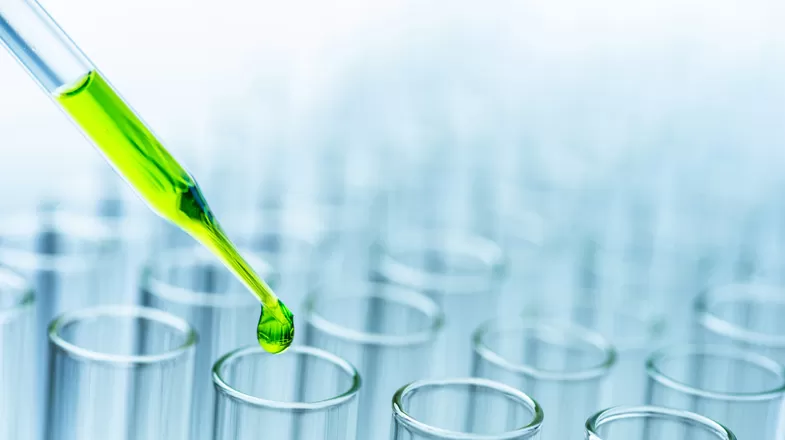
Science & Innovation
Green Chemistry: A More Sustainable Approach to Medicine Development
Credit: Getty Images In 1962, Rachel Carson galvanized public interest in the environmental effects of chemicals. Her book "Silent Spring" detailed how common pesticides were killing not only insects, but also birds, larger animals, and even humans.1 Chemicals are essential to so many products people rely on in their daily lives, from phones and cars to medications. But these items can be produced in ways that have fewer negative effects on the environment, human health, and society. Since the...
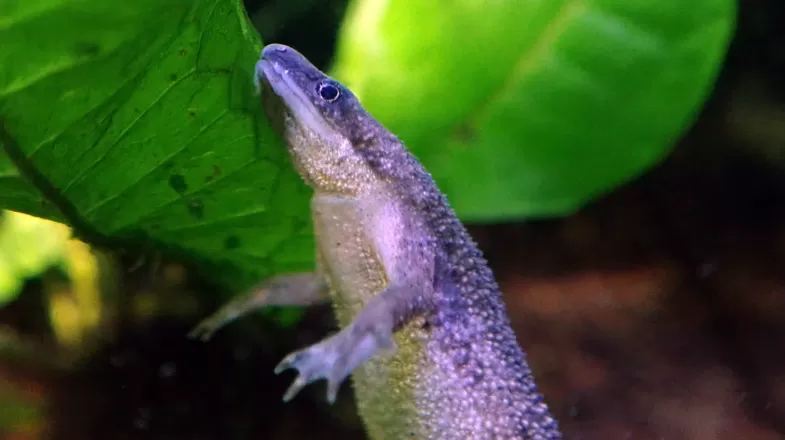
Science & Innovation
Zinc Finger Transcription Factors: The On/Off Switch for Genes Inspired by Frogs
Have you ever noticed how effortlessly frogs cling to nearly every surface? Their sticky little fingers easily grab and hold onto just about anything they want. It turns out that the frogs have protein structures that do the same thing, and these structures could be the key to unlocking therapies for amyotrophic lateral sclerosis (ALS) and frontotemporal dementia (FTD), two of the most debilitating neurological conditions affecting millions of people today. While studying the African clawed...

Science & Innovation
Why Are Some People Tastier to Mosquitoes Than Others?
Do mosquitos prefer a certain blood type? Maybe—but it’s not just one factor that influences why these winged pests are attracted to us and researchers can’t seem to agree on a definitive answer.1,2There are two kinds of people in the world: those who return from time in the outdoors covered in itchy mosquito bites and those who can spend hours in the same space and avoid getting bitten at all. Let's face it, mosquitoes are not equal opportunity feasters.So, what exactly makes some people more...

Science & Innovation
Maternal Immunization: Protecting Children from RSV and GBS
In the first few months of their lives, infants experience new sights, sounds, scents, and textures. During this time, they also make contact with new organisms. It takes up to three months for portions of infants’ still-developing immune systems to mature.1 During these early weeks and months, infants are too young to receive their first vaccines, leaving them vulnerable to developing serious infections.2Most pregnant people transmit antibodies to their developing fetuses naturally starting in...
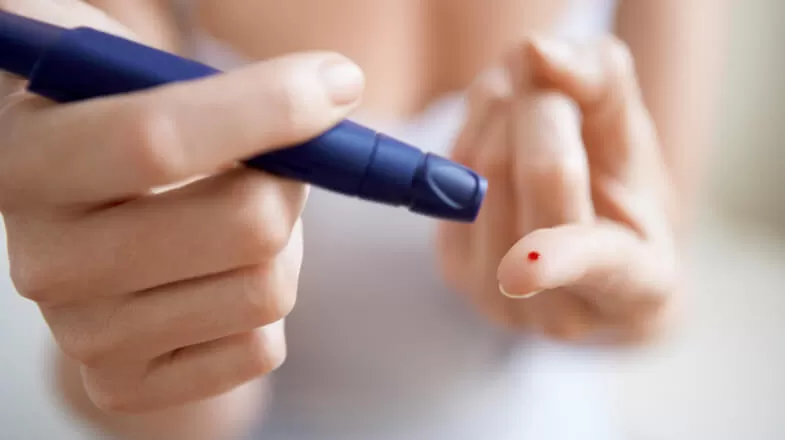
Science & Innovation
Diabetes Breakthroughs Focus on Making Daily Life Easier
New research and emerging innovations are constantly evolving when it comes to helping patients manage, and maybe even prevent, Type 2 diabetes. The days of tender fingertips and painful injections may not be over, but alternatives are becoming more and more commonplace. Diabetes affects over 37 million people in the United States, slightly more than 11% of the population.1 Type 2 diabetes accounts for more than 95% of all diabetes.2 Game-changing breakthroughs, such as continuous glucose...
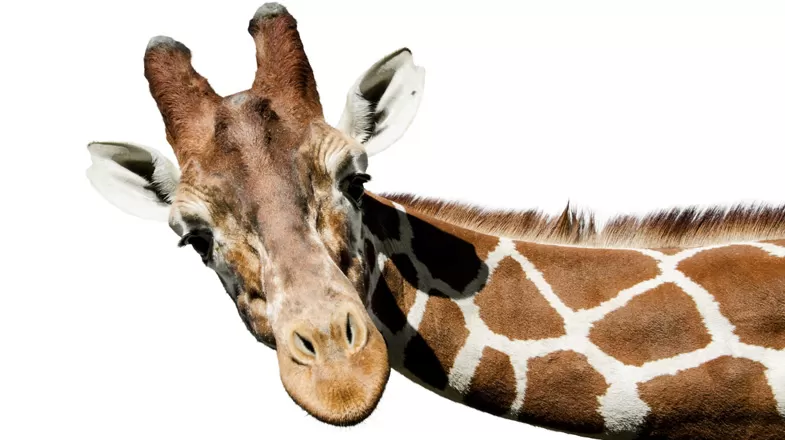
Science & Innovation
How to Manage High Blood Pressure (With the Help of a Few Giraffes)
People have long adored giraffes for their friendly faces, their tall and somewhat strange stature and, of course, those impossibly long necks. Now, researchers believe that giraffes may also offer physiological insights into certain health conditions. With a neck that can be longer than six feet, giraffes seemingly should struggle with the consequences of high blood pressure, also known as hypertension, because of their blood's substantial uphill climb from the heart to the brain. But they...
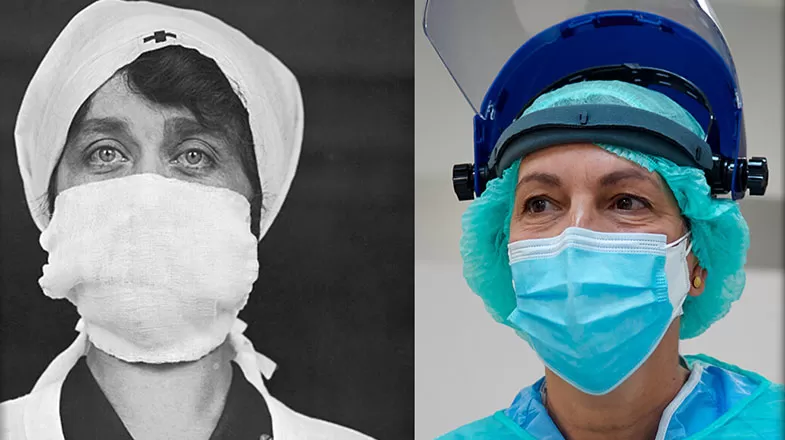
Science & Innovation
Retrospect and Context: One Scientist's Thoughts on Comparing COVID-19 to the 1918 Flu Pandemic
A little over 100 years ago, about 500 million people, or one-third of the global population at the time, fell ill. At least 50 million died, with 675,000 deaths occurring in the U.S.1Today, the COVID-19 pandemic is frequently compared with the influenza pandemic of 1918-1919. The destruction caused by that pandemic a century ago may sound familiar. Yet, direct comparisons of the 1918 flu pandemic and the COVID-19 pandemic may not be completely fair, according to one scientist.While we’ve had a...
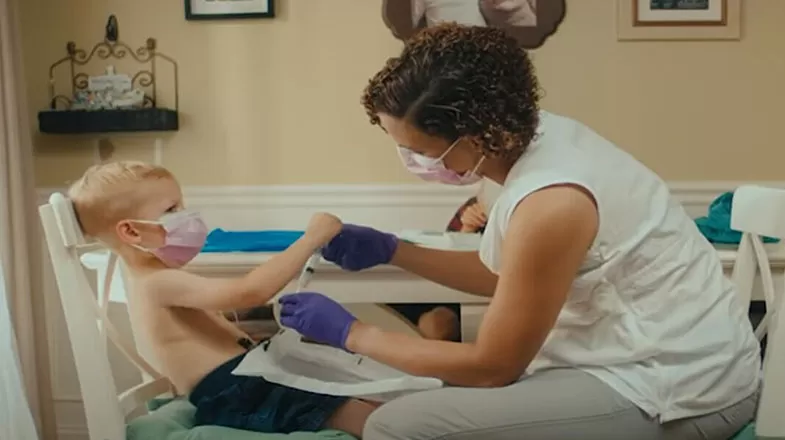
Science & Innovation
Investigating the Next Wave of Innovation to Help People with Hemophilia
Watch below.
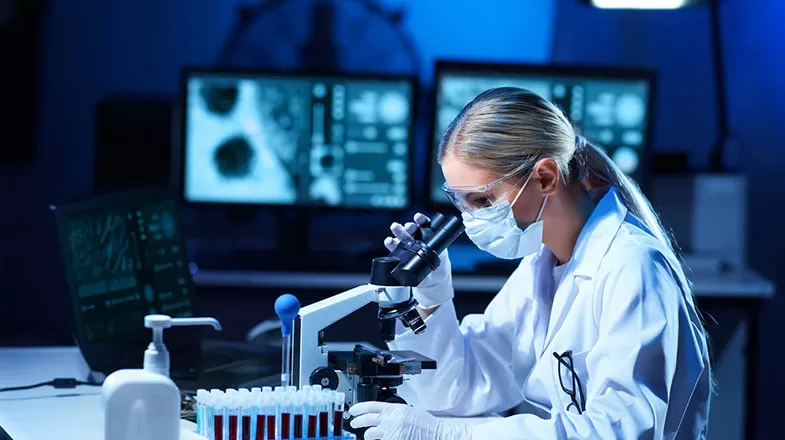
Science & Innovation
New Discoveries in Metastatic Breast Cancer Can’t Wait: How Independent Scientific Research is Moving Forward Patient Care
Until the 20th century, breast cancer was considered an unspeakable condition, and in general, cancer was seen as an incurable disease.1 Thanks to increases in funding, research, and patient advocacy, there is greater awareness of and care for people living with breast cancer.2 But, for people with the most advanced forms of breast cancer, there still remain significant gaps in funding, research, and care. The Current State of Metastatic Breast Cancer Research Every year, millions of people...

Science & Innovation
Other Diseases Deserve the Same Acceleration as COVID-19
Please see the attached PDF file to be uploaded to Our Science section.
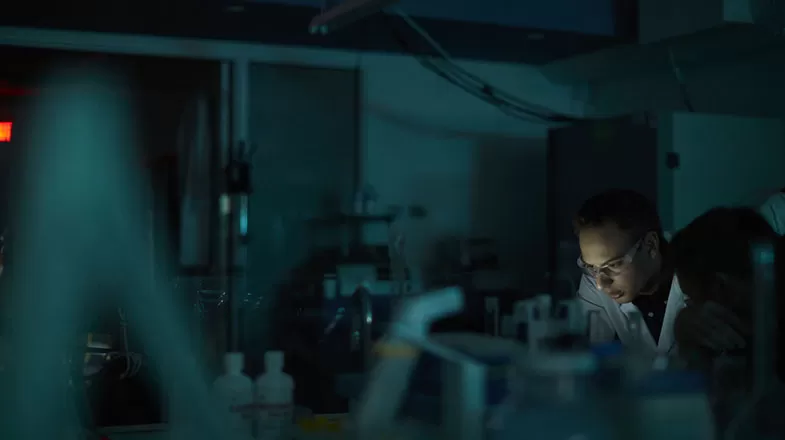
Science & Innovation
Vaccine Production: Find Out How Vaccines Are Created
Vaccines have revolutionized our ability to improve health and save lives, resulting in the control, elimination, or near-elimination of many life-threatening diseases. The path to disease prevention – the development of a novel vaccine – is a complex and lengthy process that generally takes 10 to 15 years.1 Every step of the way, our team is committed to pursuing research and forming partnerships that facilitate the rapid development and delivery of a vaccine. To help protect against the COVID...
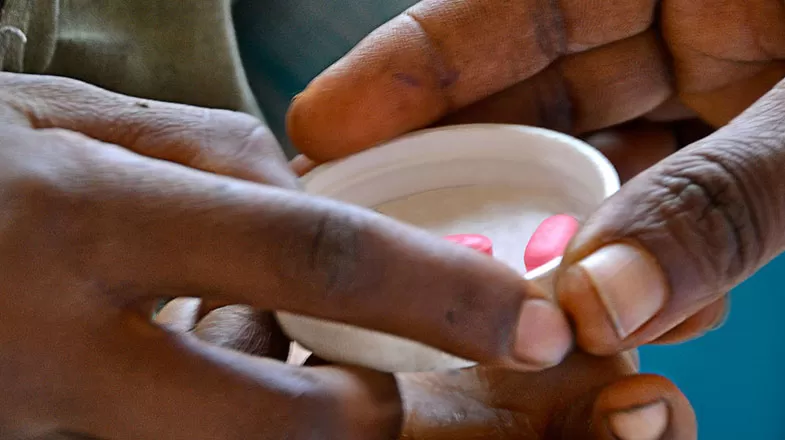
Science & Innovation
Prevention is the Best Medicine
It wasn’t that long ago that a diagnosis of polio was considered a death sentence. Thanks to the work of pioneering researchers, polio and other diseases like diphtheria, measles, mumps, and rubella are now preventable through vaccinations. Bill Gruber works for a global team at Pfizer charged with vaccine clinical research and development. His passion for his work came when he lost a young patient to meningitis. “There has got to be a better way,” he thought. Now, he’s a part of a team that...
Media Resources & Contact Information
Anyone may view our press releases, press statements, and press kits. However, to ensure that customers, investors, and others receive the appropriate attention, Pfizer Media Contacts may only respond to calls and emails from professional journalists.
